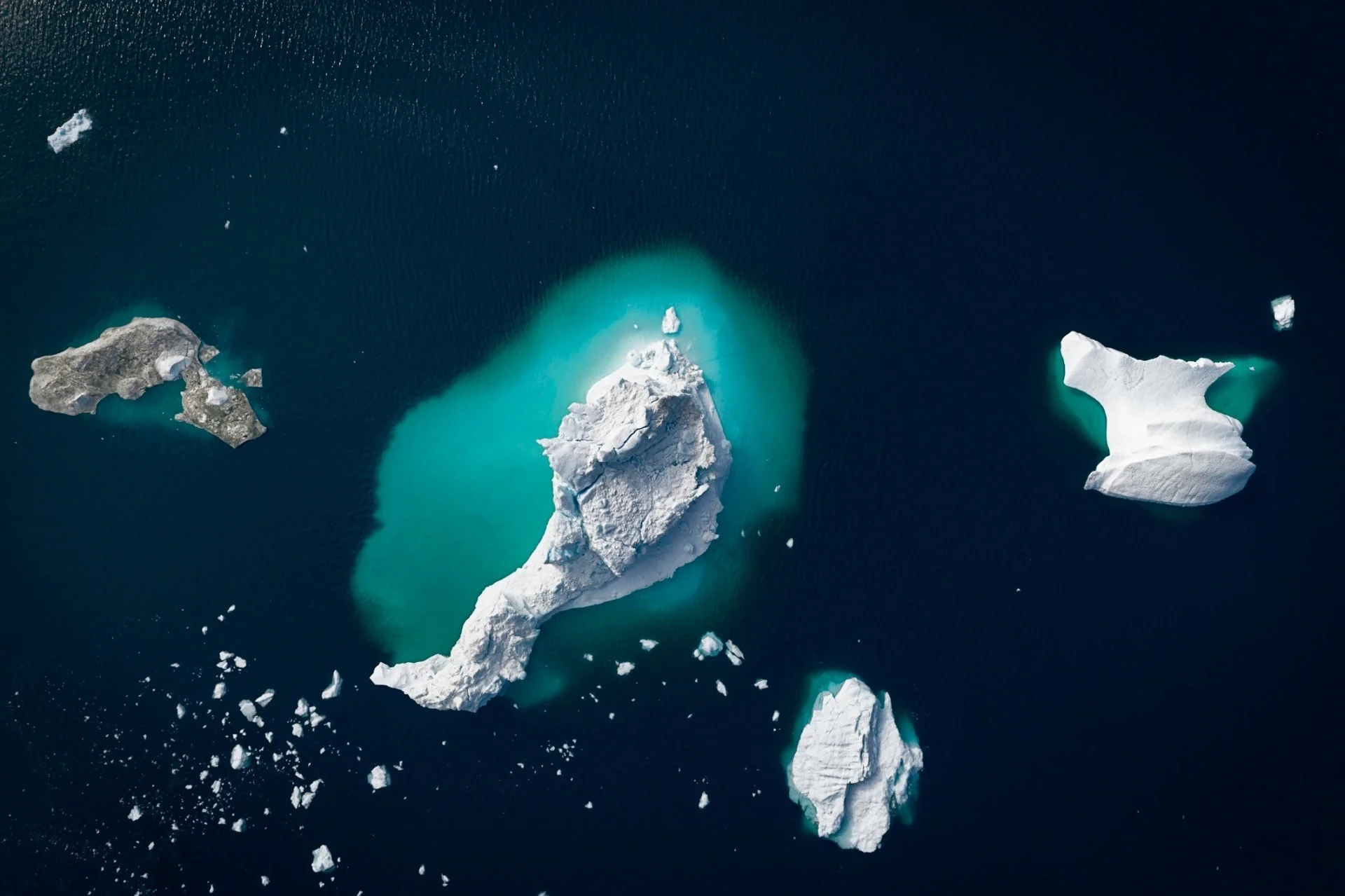
"Heat bombs" are destroying Arctic sea ice, oceanographers say
Researchers have discovered that unusually warm pockets of Pacific water are migrating into the Arctic Ocean and accelerating sea ice melt.
Swirling underneath the chilling, unforgiving depths of the Arctic Ocean are balmy pockets of water that have migrated from the Pacific and are thawing vast amounts of sea ice.
The findings come from a team of oceanographers from the Scripps Institution of Oceanography at the University of California San Diego and adds to the growing list of mechanisms that are contributing to the disappearance of Arctic sea ice.
The researchers published their findings in Nature Communications, and state that “unprecedented” amounts of heat are flowing through the Bering Strait, up the Pacific Ocean, and into the Arctic. Since this incoming water is warmer and saltier than the water found in the Arctic, it travels beneath the cool surface waters in the Beaufort Gyre.
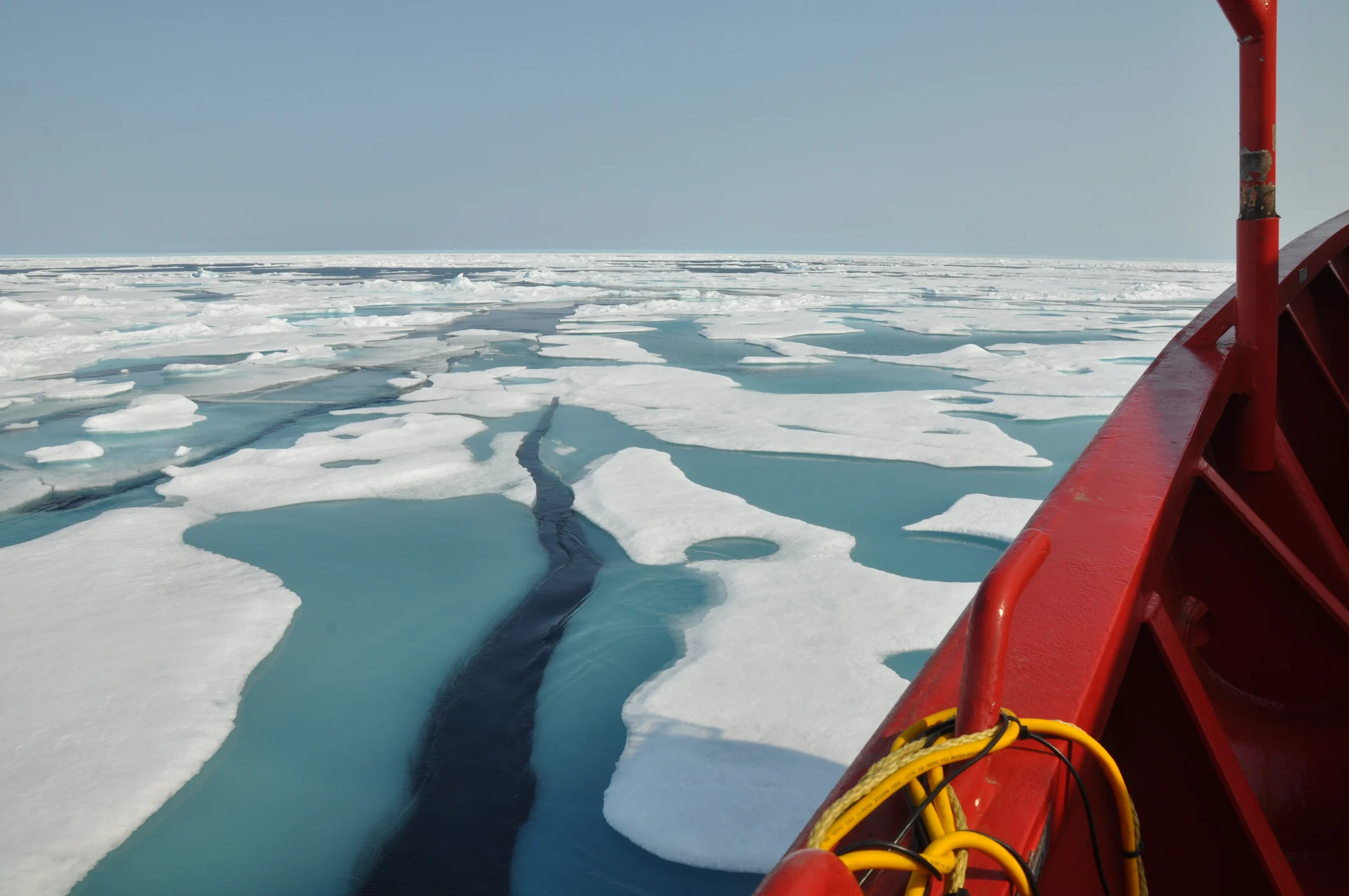
Floating sea ice in the Arctic Ocean. (Dimitri W Ponirakis. Moment. Getty Images)
The Beaufort Gyre is an enormous ocean current located above Alaska that churns in a circular motion and keeps glacial melt at the surface, which helps Arctic ecosystems stay balanced and function optimally. The cool surface waters also prevent the sea ice floating on top from melting. However, the researchers say that this is changing as the climate warms.
Researchers have recorded increasing amounts of warm Pacific water in the Arctic Ocean and their data analysis revealed that it is rapidly accelerating sea ice melt, particularly in the Western Arctic. Pockets of these tepid waters, dubbed “heat bombs,” are also transporting nutrients and minerals that are affecting the levels of nitrogen in marine systems and changing the rates that organisms conduct photosynthesis.
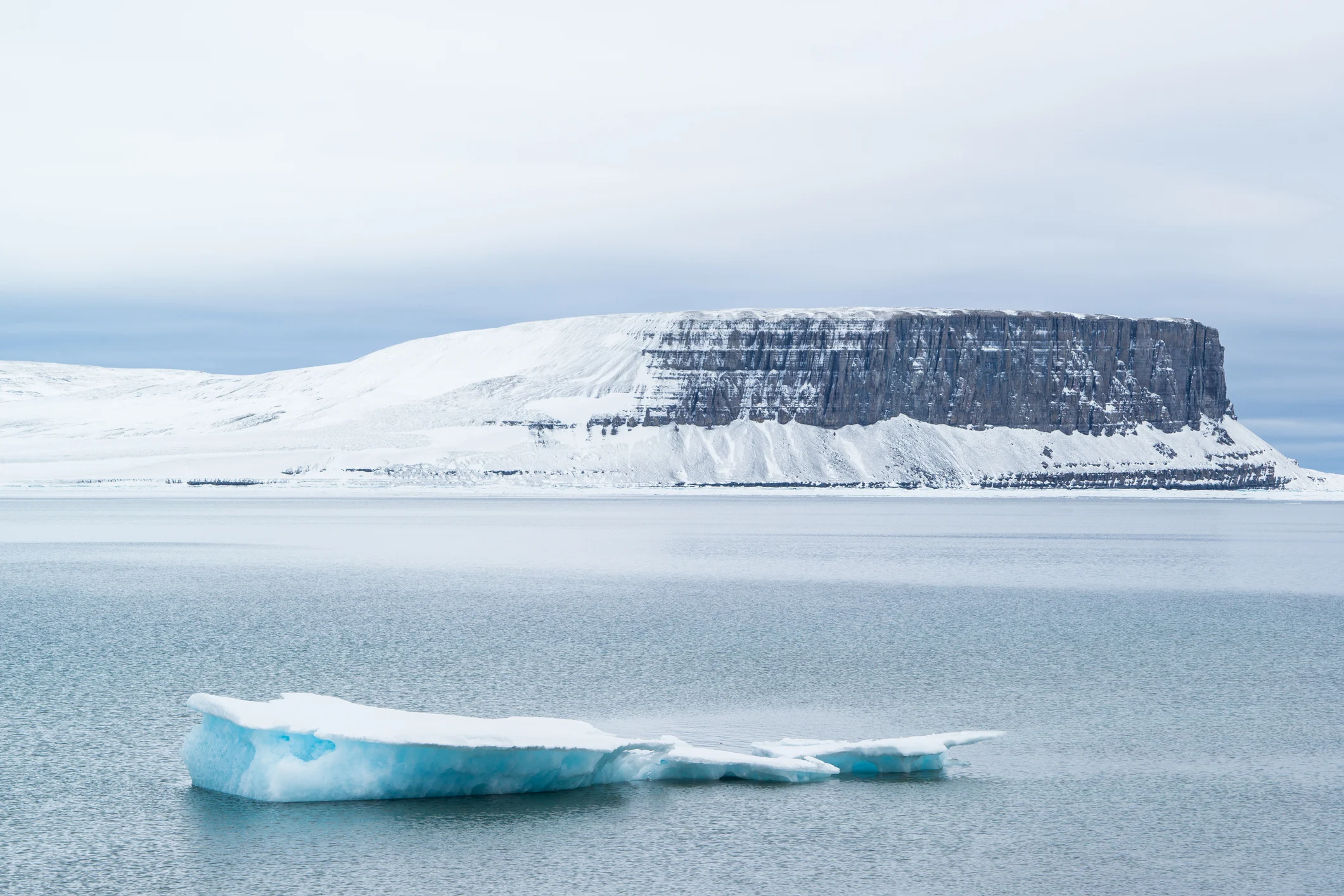
Sea ice floating in the Northwest Passage, which is a sea route through the Arctic Ocean. (Qianli Zhang. Moment. Getty Images)
The researchers’ expedition to the Arctic discovered that the heat bombs are warm enough to linger for several years and have been flowing underneath the North Pole’s main ice pack. The study says that this process has not previously been observed, meaning that current climate models and predictions do not factor in how this mechanism could contribute to melting Arctic sea ice and climate change.
RELATED: The Gulf Stream is migrating closer to Canada, and scientists are concerned
The study states that the researchers were able to capture a heat bomb event in September 2018 when a jet, a long and narrow current of warm water, was found meandering near the shore of northern Alaska.
One portion of this jet was over 100 metres deep with a temperature of greater than 4°C and other parts of the jet were a staggering 6°C. The study explains that this jet was ocean water that had warmed up during the summer months in the Pacific and demonstrates how extreme heat during the summer can melt Arctic sea ice months and even years later.
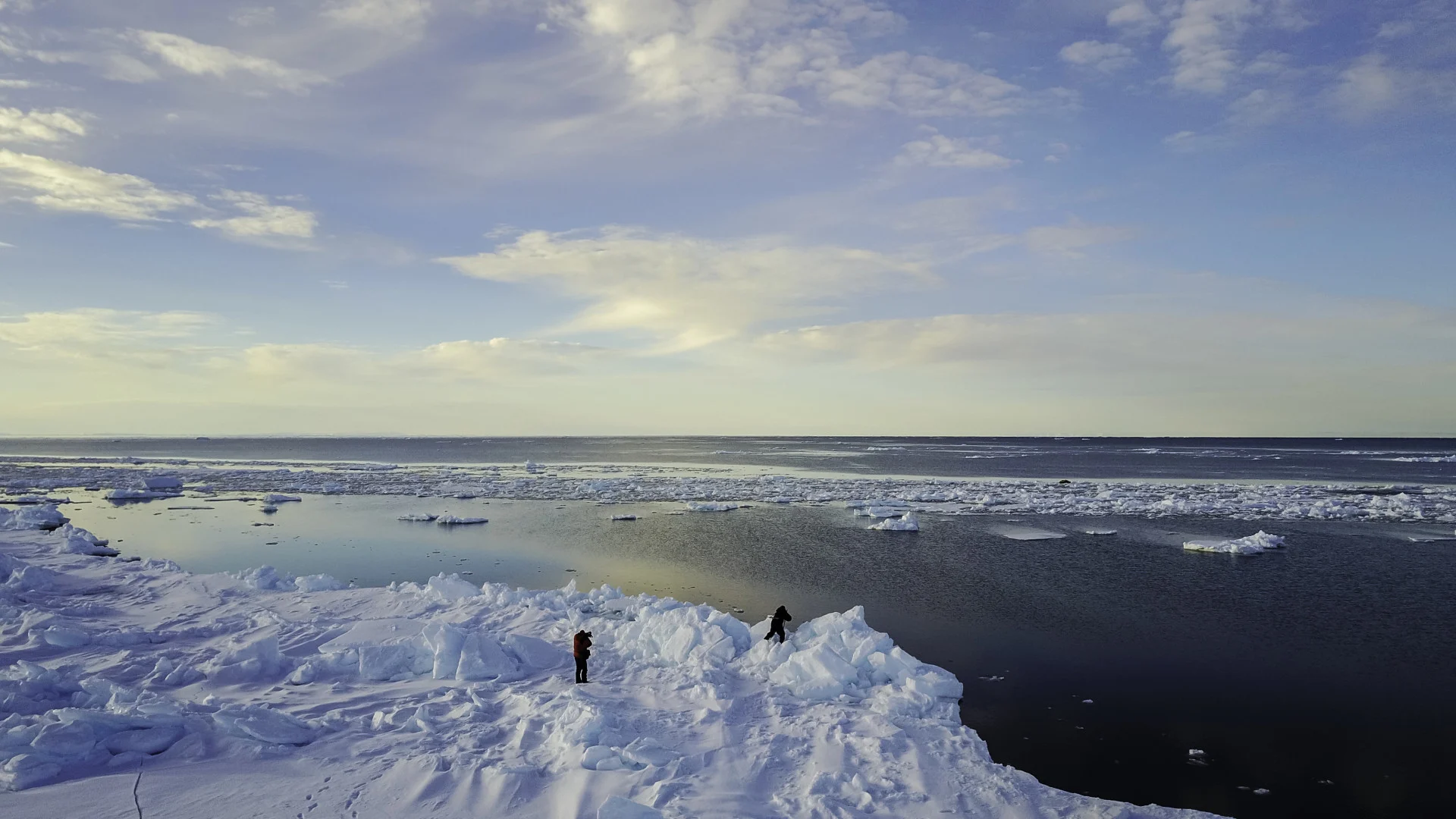
Photographers taking photos of walruses on floating sea ice in northern Baffin Island, Nunavut. (by wildestanimal. Moment. Getty Images)
The warm 2018 jet is one of countless examples that demonstrate how interconnected oceans are, even if they are separated by several thousands of kilometres. The researchers say that as the heat content of the Pacific waters increase during the summer months, the speed of Arctic sea ice melt will increase.
“The rate of accelerating sea ice melt in the Arctic has been hard to predict accurately, in part because of all of the complex local feedbacks between ice, ocean, and atmosphere, Jennifer MacKinnon, a physical oceanographer at Scripps and lead author of the paper, said in the study’s press release. “This work showcases the large role in warming that ocean water plays as part of those feedbacks.”
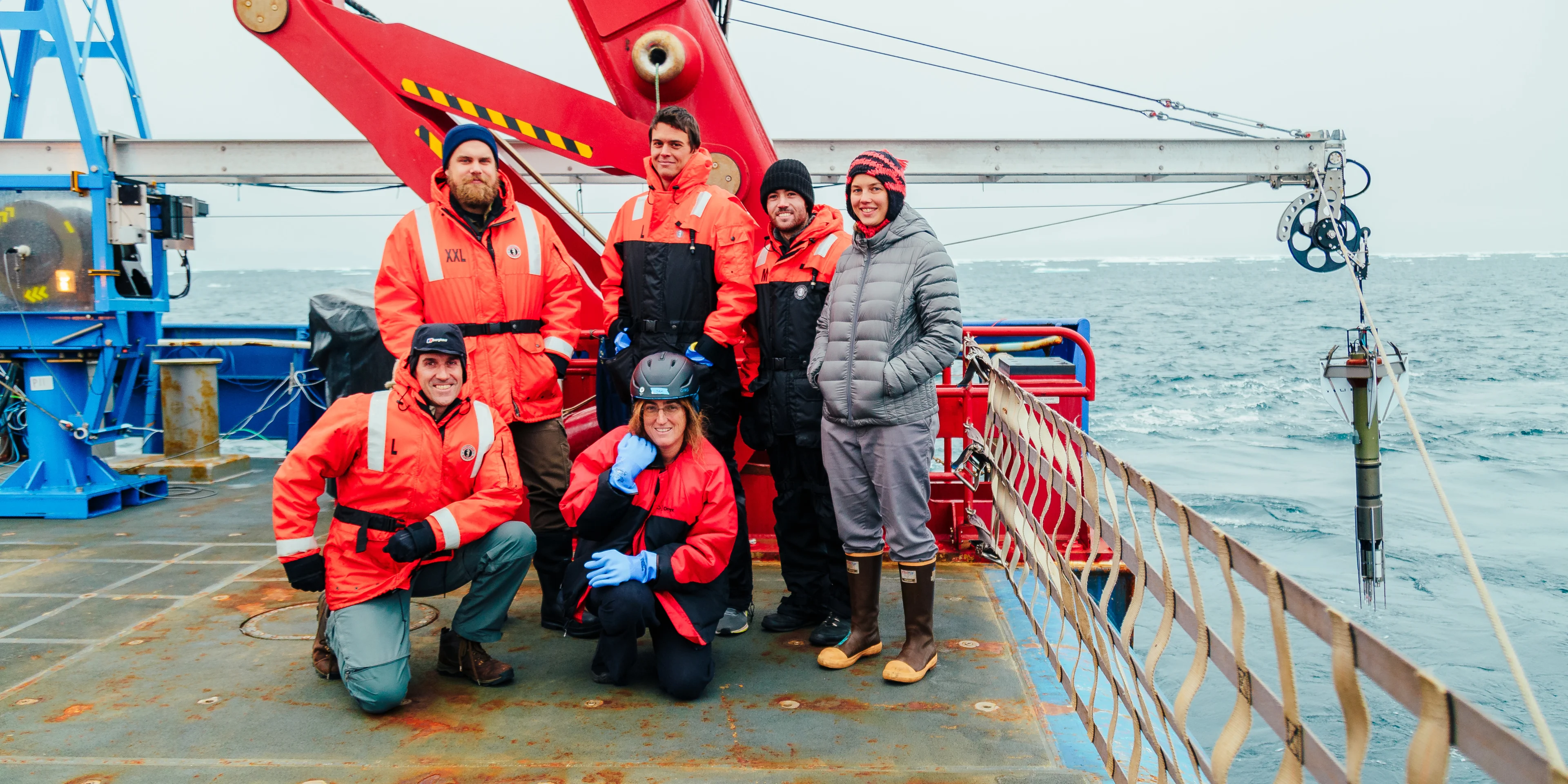
The study’s researchers on their expedition to the Arctic Ocean to collect data in 2018. (San Nguyen/Submitted)
Arctic sea ice reflects significant amounts of sunlight away from the Earth’s surface, which keeps the planet cool and plays an essential role in maintaining normal atmospheric temperatures and prevents the ocean from absorbing too much heat.
In addition to the extensive impacts the planet could face if Arctic sea ice continues to rapidly melt, the researchers point out that the Canadian Basin could see particularly pronounced impacts, including unusual growth rates and activities of phytoplankton and other organisms that capture carbon dioxide and produce oxygen.
The study concludes that there is still a boundless amount of knowledge to be learned about the processes and mechanisms of these oceans that we could use to better predict how Arctic sea ice will fare in a warming world, and what that means for the global climate’s stability.
Thumbnail credit: Monica Bertolazzi. Moment. Getty Images












